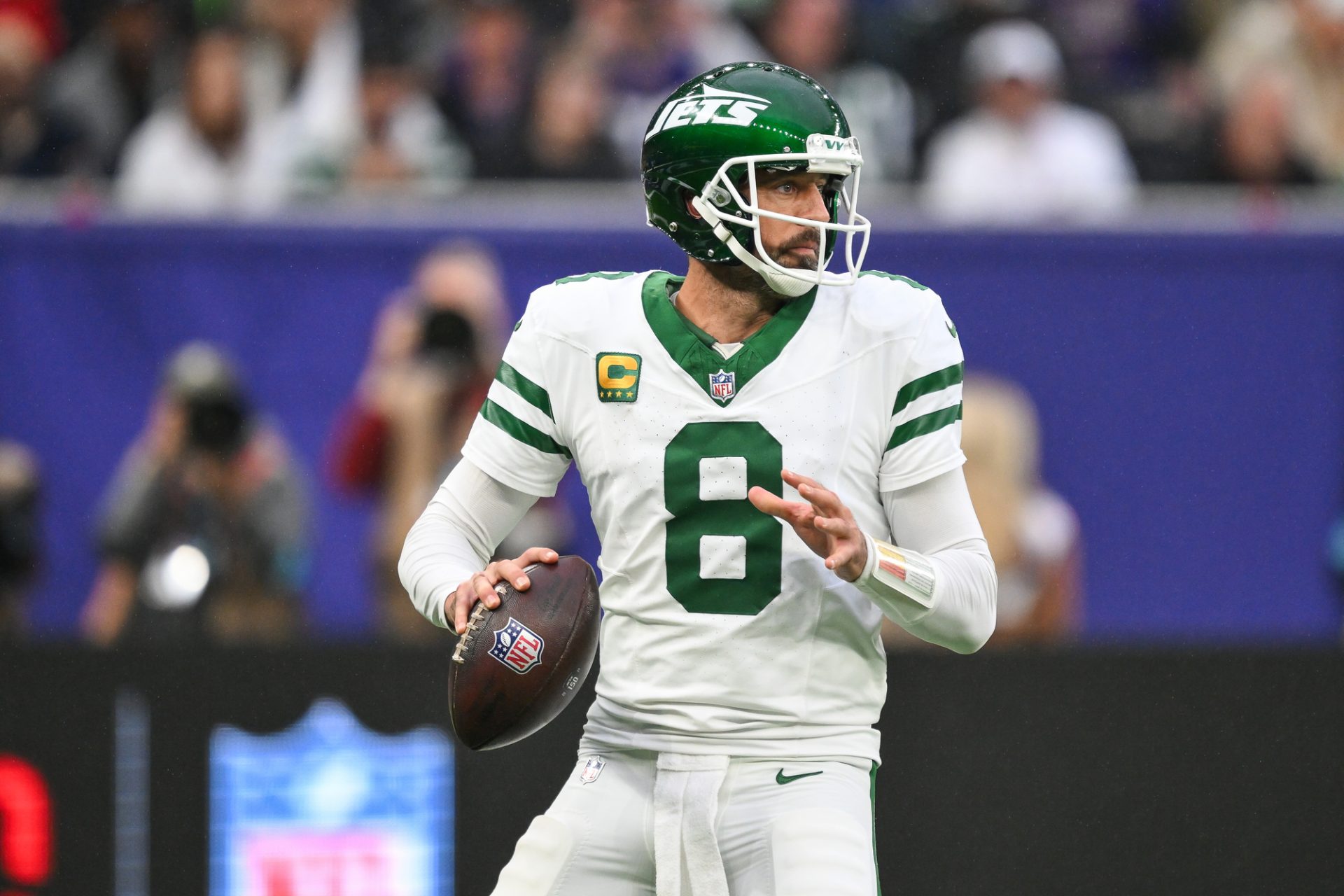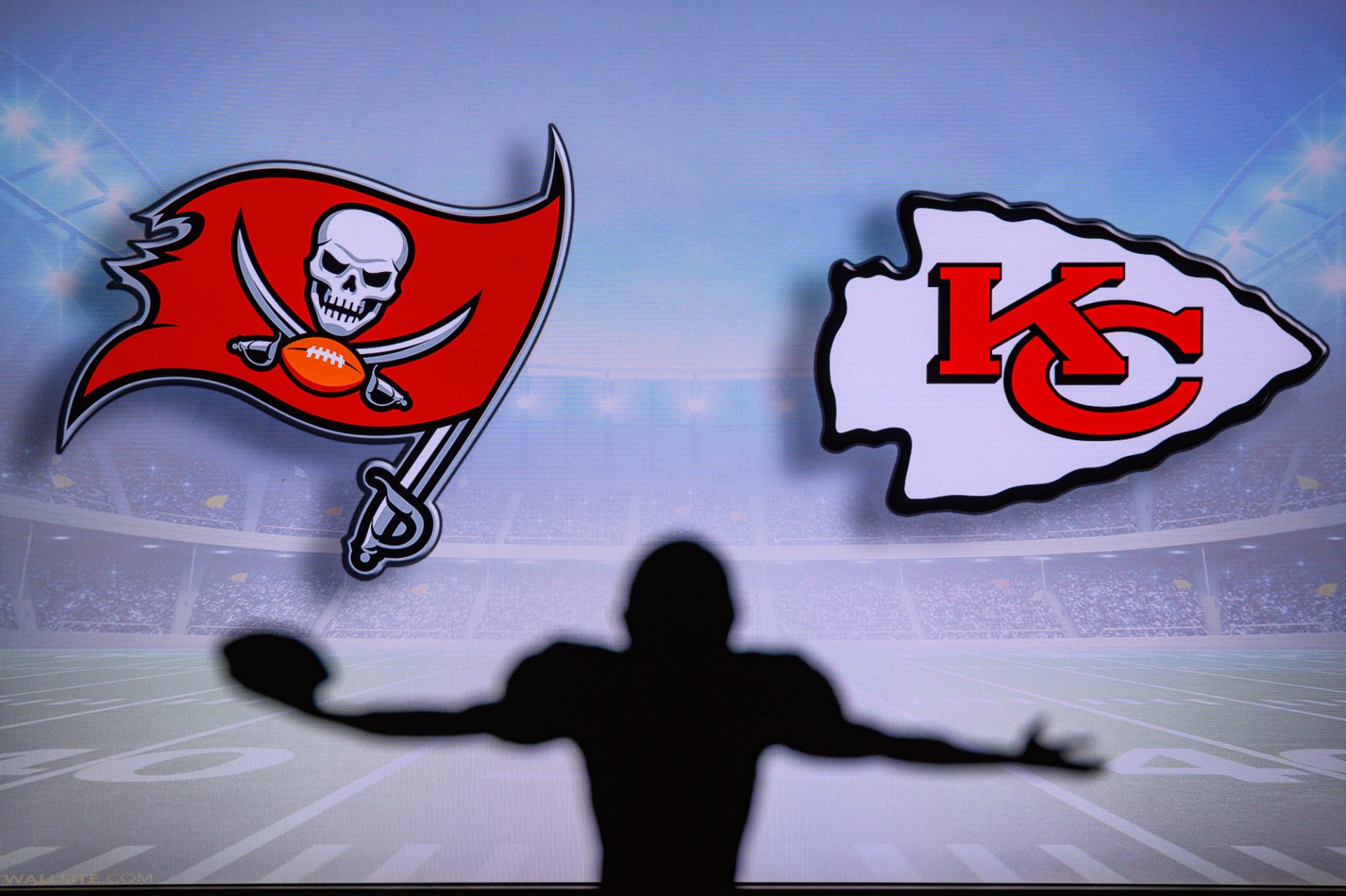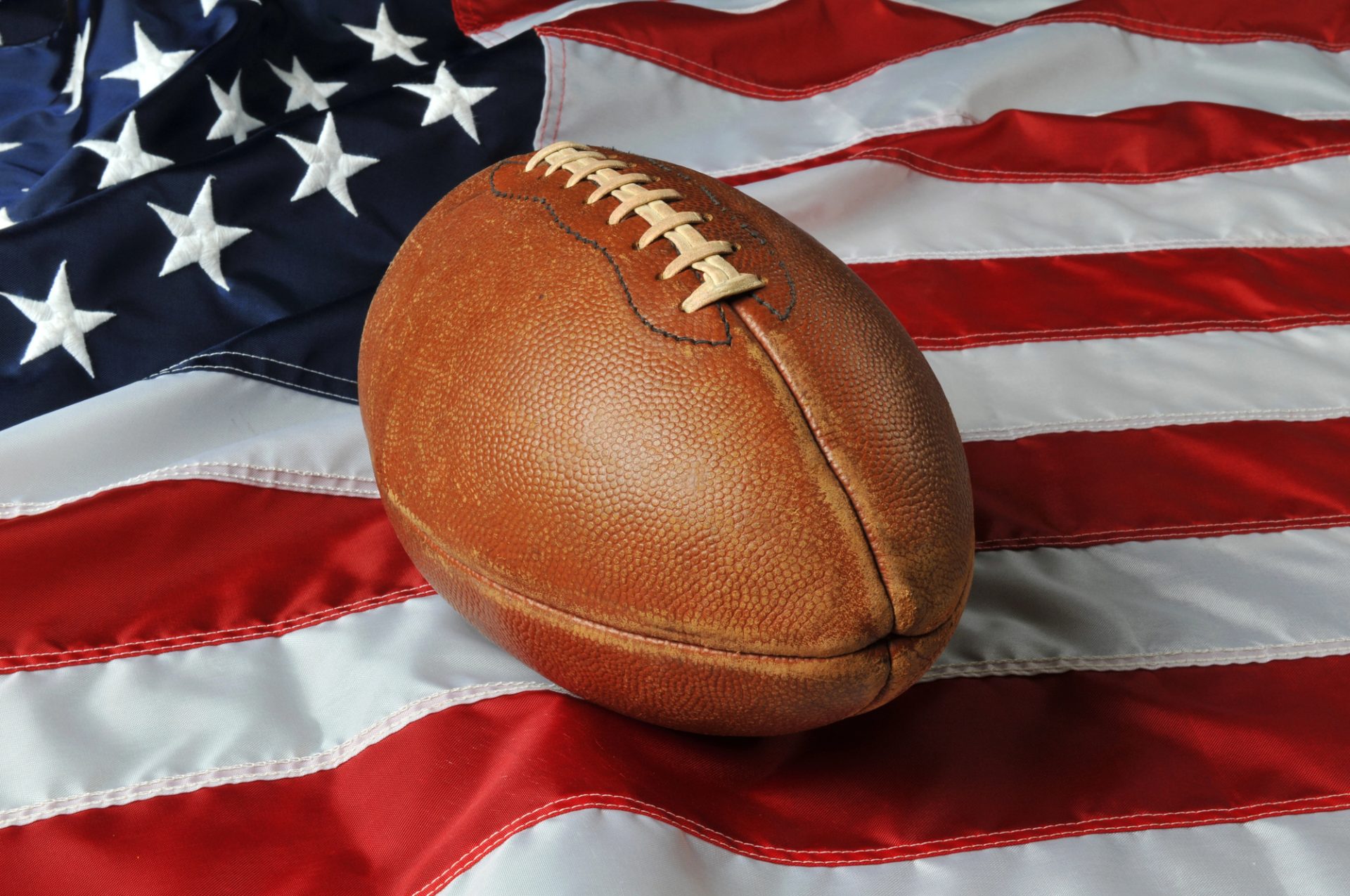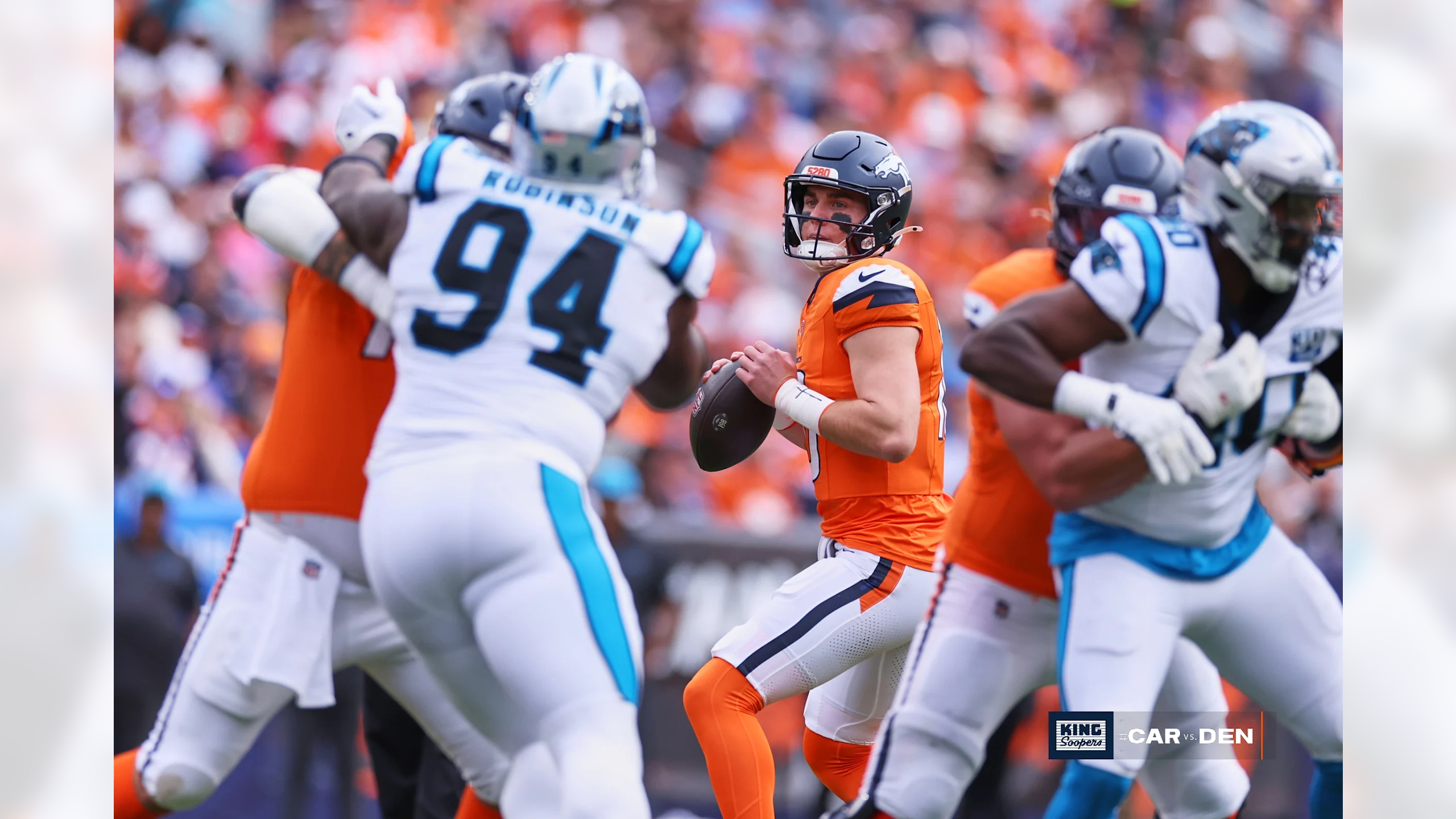The Evolution of NFL Offensive Strategies: From Ground-and-Pound to Air Attacks
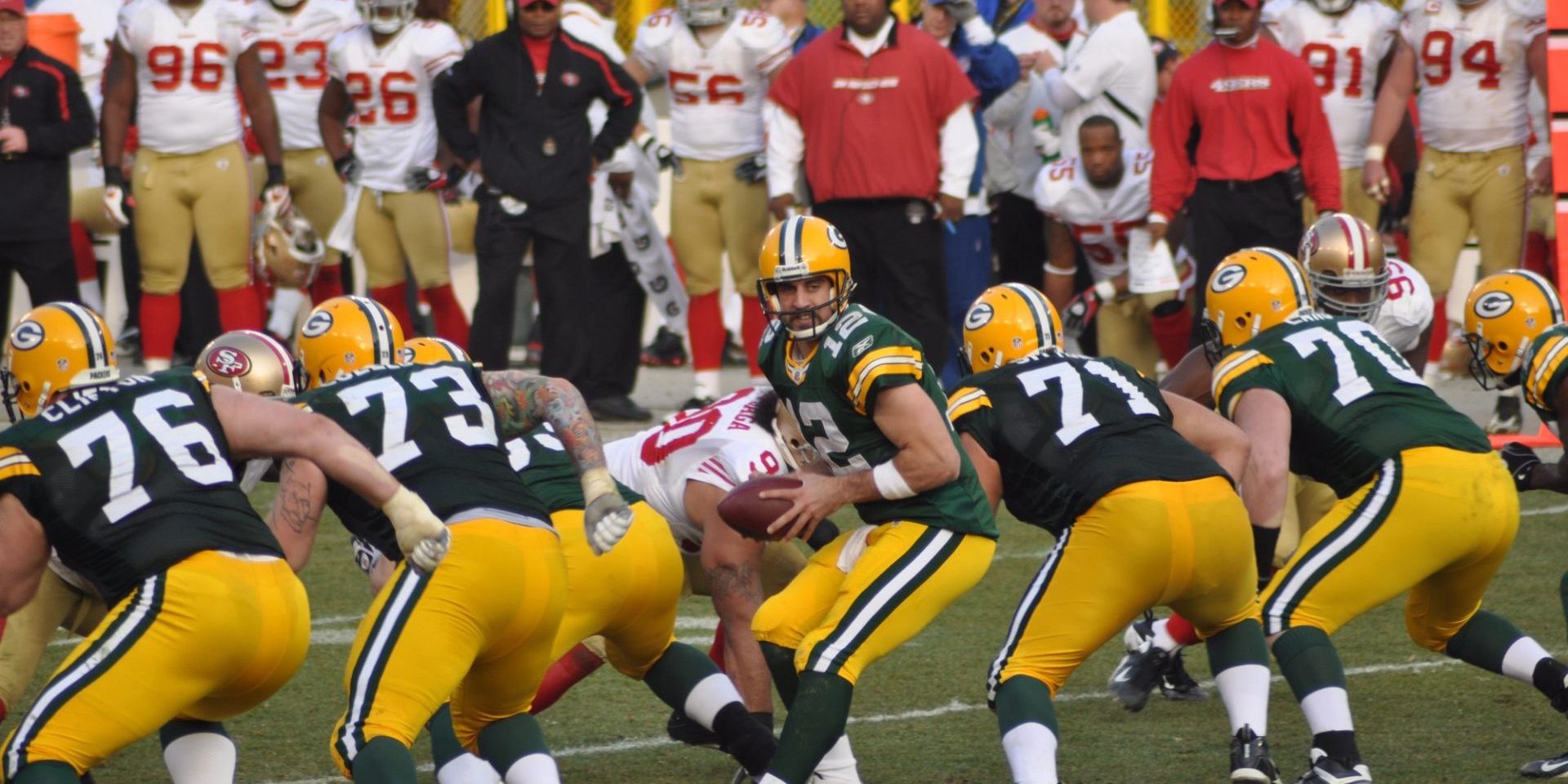
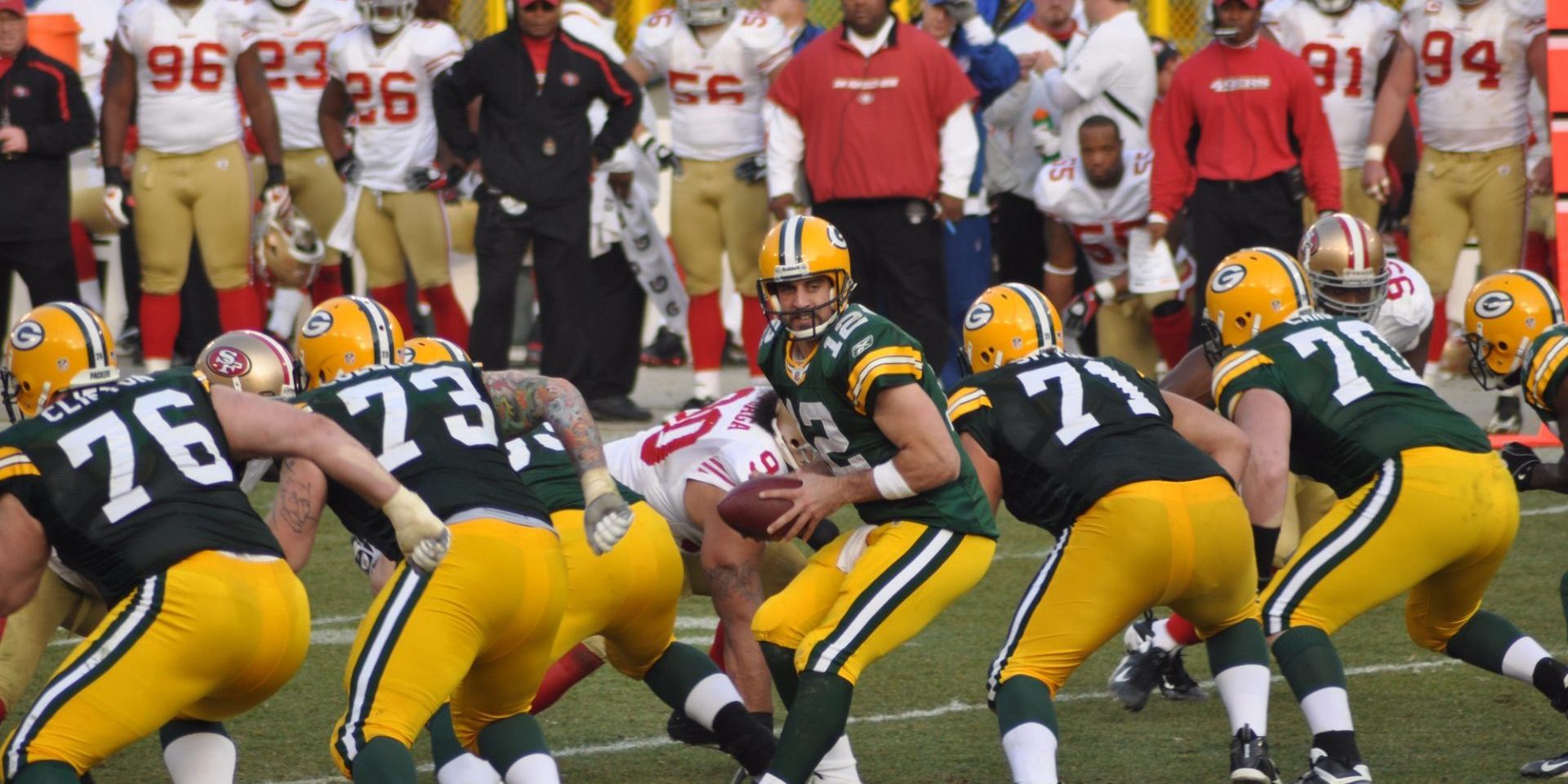
Table of Contents
NFL offensive strategies have undergone a significant transformation since the league’s inception. The early years were dominated by run-heavy approaches, with teams relying on powerful backs to gain yardage and control the clock. This “ground-and-pound” style formed the backbone of many successful franchises.
As the league evolved, so did offensive philosophies. The introduction of the West Coast Offense in the late 1970s marked a turning point, emphasizing short, high-percentage passes to move the chains efficiently. This shift laid the groundwork for more pass-oriented attacks in subsequent decades.
Today’s NFL offenses bear little resemblance to their predecessors. Modern schemes feature a diverse array of formations, creative play-calling, and a heavy emphasis on the passing game. Teams now regularly employ spread concepts, no-huddle tempos, and option plays to keep defenses off-balance and generate big plays through the air.
Historical Progression of NFL Offenses
NFL offensive strategies have undergone significant transformations since the league’s inception. These changes reflect adaptations to rule modifications, player skill sets, and tactical innovations.
The Ground-and-Pound Era
In the early days of the NFL, offenses relied heavily on the running game. Teams favored a physical, bruising style of play that emphasized power over finesse. Fullbacks and halfbacks were the stars, carrying the ball on most plays.
The forward pass was legalized in the 1930s, but it remained a secondary option. Quarterbacks primarily handed off to running backs or executed short passes.
This era saw the development of formations like the T-formation and the single-wing. These alignments maximized blocking efficiency and created opportunities for powerful runs.
The Birth of the West Coast Offense
The 1980s brought a revolutionary change to NFL offenses with the rise of the West Coast Offense. Bill Walsh, coaching the San Francisco 49ers, developed this system to counter aggressive defenses.
The West Coast Offense prioritized short, high-percentage passes. It used the pass to set up the run, inverting traditional offensive philosophy.
Quarterbacks like Joe Montana thrived in this system. They relied on timing and accuracy rather than arm strength. Running backs became integral parts of the passing game, catching short throws out of the backfield.
This offense spread throughout the league, influencing team strategies for decades to come.
The Air Coryell and the Vertical Passing Game
While the West Coast Offense focused on short passes, another system emerged that emphasized deep throws. The Air Coryell system, named after coach Don Coryell, revolutionized the vertical passing game.
This offense utilized multiple receiver sets and sent players on deep routes. It stretched defenses vertically, creating mismatches and big-play opportunities.
Tight ends gained prominence in this system. They became key targets in the middle of the field, exploiting gaps in coverage.
The Air Coryell approach laid the groundwork for modern pass-heavy offenses. It demonstrated the potential for explosive plays through the air, changing how teams viewed offensive strategy.
Modern Offensive Strategies and the Rise of Analytics
NFL offenses have undergone significant changes in recent years, embracing new strategies and leveraging data to gain advantages. Teams now employ sophisticated analytics, spread formations, and Air Raid concepts to maximize scoring potential.
The Impact of Analytics on Play Calling
NFL teams increasingly rely on analytics to inform their offensive decisions. Data-driven approaches help coaches and coordinators make more effective choices in key situations.
Analytics influence play selection based on down, distance, and field position. Teams use statistical models to determine optimal times for running, passing, or attempting fourth-down conversions.
Advanced metrics also shape player personnel decisions and game planning. Coaches analyze opponent tendencies and player performance data to exploit matchups and create favorable situations for their offense.
Spread Offenses and the College Influence
Spread offenses have become prevalent in the NFL, drawing inspiration from college football systems. These schemes aim to create mismatches by spreading receivers across the formation and utilizing mobile quarterbacks.
Key elements of spread offenses include:
- Multiple receiver sets
- Quick-hitting pass plays
- Option runs
- Up-tempo pacing
NFL teams have adapted college concepts to fit professional personnel. Coaches like Chip Kelly brought spread principles to the league, influencing offensive trends across teams.
Spread formations force defenses to cover more space, creating opportunities for both the passing and running game. This approach has led to increased scoring and yardage totals in recent seasons.
The Integration of the Air Raid Offense
The Air Raid offense has gained traction in the NFL, with several teams incorporating its concepts. This pass-heavy system emphasizes spacing, timing, and quarterback decision-making.
Air Raid staples now common in NFL playbooks include:
- Four-receiver formations
- Mesh concepts
- Screen passes
- Run-pass options (RPOs)
Quarterbacks like Patrick Mahomes and Kyler Murray, who played in Air Raid systems in college, have successfully translated these skills to the pro level. Their success has encouraged more teams to adopt Air Raid principles.
The system’s flexibility allows coaches to tailor it to their personnel while maintaining its core philosophy of attacking defenses through the air. This adaptability has contributed to its growing popularity in the NFL.
Key Players and the Evolution of Positions
The NFL has seen significant changes in player roles and skillsets over time. These shifts have reshaped offensive strategies and redefined position expectations.
Quarterbacks as Catalysts of Offensive Evolution
Quarterbacks have become the focal point of modern NFL offenses. Their role has expanded from simple play executors to field generals who can read defenses and make split-second decisions.
Tom Brady’s career exemplifies this evolution. He transformed from a game manager to a prolific passer, adapting to changing offensive philosophies.
Today’s quarterbacks are expected to:
- Process complex defensive schemes quickly
- Throw accurately to all areas of the field
- Possess mobility to extend plays
This shift has led to increased passing yards and touchdowns across the league.
Running Backs and Receivers: From Support to Spotlight
Running backs and receivers have seen their roles expand dramatically. No longer limited to single-dimensional play, these positions now require versatility and adaptability.
Modern running backs like Joe Mixon and Nick Chubb are expected to:
- Run effectively between tackles
- Catch passes out of the backfield
- Block in pass protection
Receivers have become more than just deep threats. They’re now asked to:
- Run precise routes across the entire route tree
- Block effectively in the run game
- Gain yards after the catch
These expanded skill sets allow offenses to create mismatches and exploit defensive weaknesses.
The Tight End’s Transformation
The tight end position has undergone perhaps the most dramatic transformation. Once primarily blockers with occasional receiving duties, tight ends are now key offensive weapons.
Modern tight ends like Austin Hooper are expected to:
- Block effectively in both run and pass protection
- Run routes like wide receivers
- Create mismatches against linebackers and safeties
This evolution has led to increased production from the position, with many tight ends ranking among their team’s top receivers.
The versatility of modern tight ends allows offenses to present multiple formation looks without changing personnel, creating challenges for defenses.
The Future of NFL Offensive Strategy
NFL offensive strategies continue to evolve rapidly. Teams are exploring innovative approaches to gain an edge on the field.
Artificial intelligence is poised to play a significant role in shaping future offensive tactics. AI-powered analytics could help coaches make more informed decisions about play-calling and personnel usage.
Offenses may become increasingly position-less, with players trained to fill multiple roles. This flexibility could create mismatches and confusion for defenses.
Up-tempo, no-huddle offenses may become even more prevalent. Teams could aim to run more plays and keep defenses off-balance.
Creative formations and pre-snap motion will likely continue to expand. Offenses may use unconventional alignments to create favorable matchups.
The use of run-pass options (RPOs) is expected to grow further. These plays give quarterbacks multiple choices based on how the defense reacts.
Trick plays could become more sophisticated and frequent. Teams may develop elaborate deceptions to catch defenses off guard.
Dual-threat quarterbacks may continue to be highly valued. Their ability to run and pass effectively adds another dimension to offensive strategies.
Advanced data analysis will likely inform play design and game planning. Teams could use detailed metrics to identify and exploit defensive tendencies.
Image courtesy Deposit Photos.

